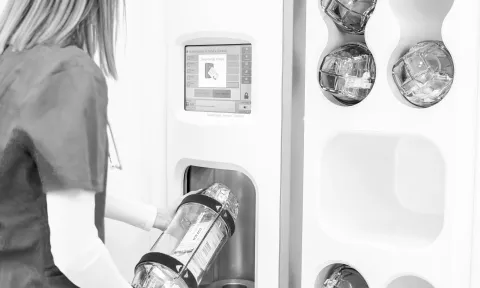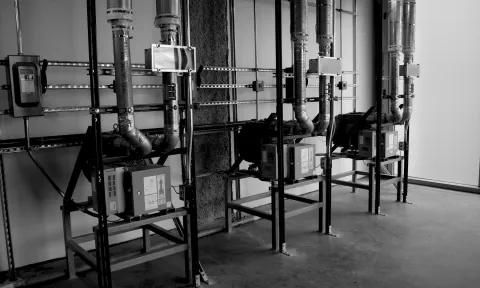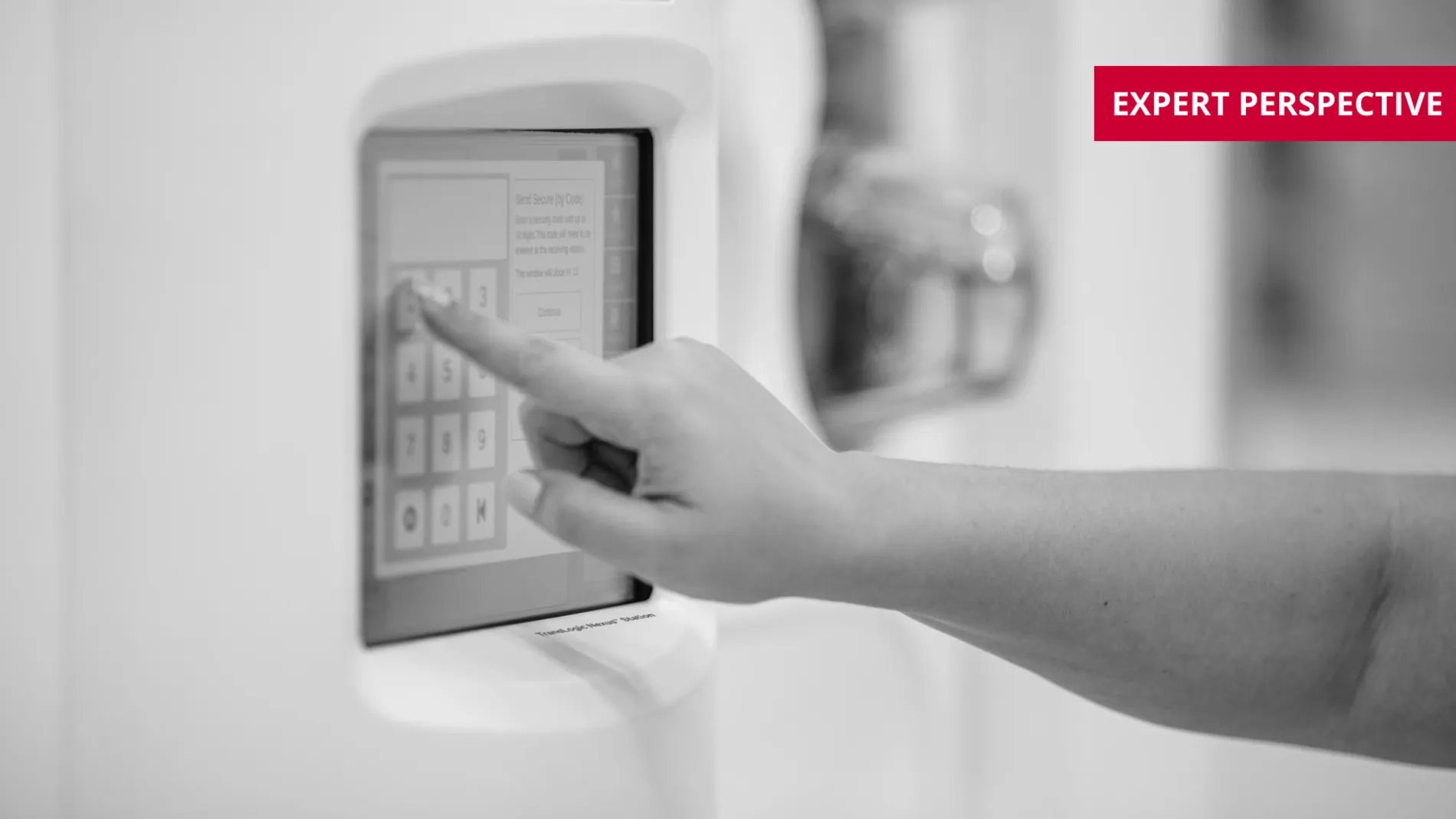You might also be interested in this

Customer Pledge

Superior Transport Automation

Pneumatic Tube System Components


In Hospitals, Cross-System Communication is Key To Smooth Operations
Reading Time: 4 min.
5/14/2024
Hospital leaders are beginning to put focus on the many advantages afforded by new hospital technologies that improve access to information, process flows and patient experience. A recent Moody’s report forecasts that management will begin to expedite those initiatives that leverage hospital IT, redesign workflows, and increase the use of technologies to streamline operations (Becker’s Hospital Review).
Technological innovations ranging from AI to IoT devices, to telehealth, to improved EHR/EMR systems and process automation are helping hospitals to raise the bar on operational efficiency and patient experience. Staffing shortages and tight budgets are also contributing to the need to use technology to provide information and handle processes in ways that relieve staff to focus on patient care. While each application comes with its own set of benefits, optimizing performance requires integration with other systems to send and receive critical data.
Where there is data, regardless of whether it sits within HER/EMR systems, IoT devices, robotics, or process automation systems, there must be connectivity. The seamless movement of data across systems will only become more critical as new products come into the marketplace. Digital transformation is heating up and, according to the HIMSS Future of Healthcare Report, by 2025, up to 80% of healthcare systems in the U.S. are planning to invest in digital technology.
And yet, many hospitals continue to be plagued by the issues emanating from systems that may work well independently but lack the ability to share data. This is often due to the fact that most hospital systems are purchased and installed to meet the organization’s needs at a certain point in time. Over time, as needs evolve, a gap can occur between the design of these original systems and how needs have evolved (Harvard Business Review). Budgetary constraints and shifting priorities can also contribute to this communications gap between the many applications and systems within a hospital’s infrastructure.
Lack of data integration across systems and platforms impacts everyone. It is felt by C-suite executives who are held to maintaining high performance standards, as well as the staff members who must stop to re-key patient data or walk across a hospital campus to retrieve medications or other materials that should be delivered through automated systems.
Without system integration, however, key data is locked in multiple silos, each operating using different algorithms and protocols. Instead of seamless transport of information to feed databases and processes, the flow of data is inhibited or even blocked completely. Operationally, the impact can be felt in several ways:
Any one of the above issues in one system can impact other systems and, like a domino effect, bring hospital operations to a halt.
An example of the impact of lack of system to system communication can be found in hospital pharmacies.
As central pharmacies become “smarter” it is even more important that external third-party integration points are aligned. When they are not updated or upgraded to support the hospital pharmacy software platform, issues develop. This can result in bottlenecks due to the lack of information transfer to or from other systems from multiple vendors. When this happens, it requires manual entry into multiple systems. This is time-consuming and counterproductive for staff who are trained and compensated for higher value work.
This may be due to the way the systems are configured, which can make communication with other systems difficult or even impossible. Additionally a lack of coordinated updates can also expose hospital pharmacies to a cyberattack. This can result in a lengthy series of operational fixes and potentially legal steps that create a heavy financial burden and impact reputation.

Here are some of the challenges hospitals must tackle to help ensure their systems are communicating with each other as integration between systems becomes more critical.
System to system communication has never been more critical. Hospitals are highly dynamic environments which can experience rapid shifts in needs and processes. Communication between hospital systems has never been more critical at a time when hospitals are experiencing rapid change in how care is delivered fueled by new more flexible models of patient-centered care that give more control to patients and their families.
Hospitals are, at any given moment, running hundreds of applications. Leadership must ensure that the technologies they have invested in are doing the work they were purchased to do. Promoting connectivity across platforms, devices, and applications will help keep these hospital technologies providing a level of value that keeps pace with today’s dynamic environments and, most importantly, delivers on the promise of providing high quality care to patients.




Contact our knowledgeable specialists to discover how our range of automation solutions can boost efficiency, reduce costs and enhance care at your healthcare facility.
Contact us